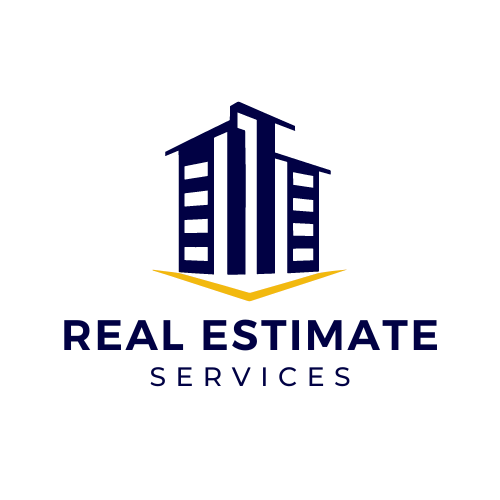
Drywall Estimates: How to Calculate Costs and Ensure Accuracy for Your Project
Drywall installation is a foundation of modern construction, but incorrect estimates can lead to budget assaults and delays. Whether you’re a contractor, homeowner, or developer, understanding how to calculate drywall estimates ensures your project stays on track. This guide breaks down the costs, variables, and best practices for accurate drywall budgeting.
What Are Drywall Estimates?
A drywall estimate analyses the total cost of materials, labor, and additional services required to install or repair drywall. This includes:
- Material Takeoffs: Enumerating drywall sheets, joint compound, screws, and tape.
- Labor Costs: Measuring time for hanging, taping, mudding, and sanding.
- Waste Factor: Adding 10–15% extra materials for cuts and errors.
Certified estimators use tools like Planswift and RSMeans to generate precise, line-item budgets.
Factors Affecting Drywall Estimates
1. Drywall Type
| Type | Cost per Sheet (4×8 ft) | Best For |
|---|---|---|
| Standard Drywall | 10–15 | Interior walls, ceilings |
| Moisture-Resistant | 12–18 | Bathrooms, basements |
| Fire-Resistant (Type X) | 15–25 | Garages, shared walls |
| Soundproof Drywall | 20–30 | Media rooms, apartments |
2. Labor Costs
Hanging: 1.00–2.50 per sq. ft.
Taping/Mudding: 0.50–1.50 per sq. ft.
Texture Application: 0.75–2.00 per sq. ft.
Labor rates vary by region and project complexity.
3. Project Complexity
- Ceilings: Cost 20–30% more due to challenging angles.
- Curved Walls: Require specialized cutting, increasing labor time.
- High Ceilings: Scaffolding or lift rentals add 100–300 daily.
4. Location
Material and labor costs differ by state. For example:
California: 2.50–4.50 per sq. ft. (installed).
Texas: 1.80–3.20 per sq. ft. (installed).
How to Get Accurate Drywall Estimates
- Measure Exactly: Use laser measurers or software like Planswift to calculate square footage.
- Choose the Right Drywall: Tie the type to your project’s needs (e.g., green board for bathrooms).
- Request Multiple Quotes: Relate bids from licensed contractors.
- Factor in Unseen Costs: Permits, debris removal, and repairs to existing walls.
Benefits of Professional Drywall Estimation Services
Speed: Tools like ProEst deliver estimates in hours, not days.
Accuracy: Reduce waste with precise material takeoffs.
Compliance: Ensure adherence to local building codes.
Bid Confidence: Submit competitive, error-free proposals.
For large-scale projects, consider partnering with construction estimation services to streamline budgeting.
Common Drywall Estimation Mistakes to Avoid
- Overlooking Waste: Undervaluing cuts and errors leads to mid-project shortages.
- Superintending Finish Work: Texturing and painting add 20–40% to total costs.
- DIY Drawbacks: Inexperienced installations often require costly fixes.
Precise drywall estimates are vigorous for staying on budget and meeting deadlines. By understanding material choices, labor rates, and regional variables, you can plan successfully and avoid surprises.
Need a Reliable Drywall Estimate?
Leverage professional tools and expertise to ensure your next project runs smoothly. For a detailed cost breakdown, explore our guide to construction cost estimation or consult industry resources like the RSMeans Cost Database.
Frequently Asked Questions (FAQS)
What factors influence drywall installation costs?
Drywall costs depend on the type of drywall (standard, moisture-resistant, fire-rated), labor rates in your area, project complexity (ceilings, curves), and additional services like taping, texturing, or painting.
How much does drywall installation cost per square foot?
On average, drywall installation costs 2.00–2.00–3.80 per sq. ft., including materials and labor. Specialty drywall (e.g., soundproof or fire-rated) or textured finishes can increase costs to $4.50+ per sq. ft.
How do I calculate how much drywall I need?
Measure the square footage of walls and ceilings.
Divide by 32 (the area of a 4×8 ft sheet).
Add 10–15% for waste.
Example: A 500 sq. ft. room requires ~16 sheets (500 ÷ 32) + 2–3 extra sheets.
Is drywall the same as Sheetrock?
No. Drywall is the generic term for gypsum panels, while Sheetrock is a popular brand. Costs are similar, but Sheetrock may cost slightly more for premium options.
How long does it take to install drywall?
A standard 12×12 ft room takes 1–2 days for hanging, taping, and mudding. Drying time for joint compound adds 24–48 hours before sanding and painting.
What’s the cost of moisture-resistant drywall?
Moisture-resistant (green board) drywall costs 12–12–18 per 4×8 sheet, compared to 10–10–15 for standard drywall. It’s ideal for bathrooms, basements, and kitchens.

